My account
Get into your account.
Hot topics
IQVIA Sponsors Race for 7 to Commemorate World Rare Disease Day
“IQVIA is delighted to be associated for the fourth consecutive year as the main sponsor of Race for 7. While rare diseases, by virtue of their definition, affect relatively fewer number of patients, the overall number of rare disease patients is large enough to warrant more focused attention."
A Cardiologist Recounts his Fightback from a Near Death Covid19 Infection
In the lockdown, while I was on regular OPD and ICU rounds at a COVID hospital, I started noticing some mild symptoms of the Coronavirus infection. Being in the medical field and considering the severity of the pandemic situation then, I was very careful and cautious, and observed the symptoms closely. The symptoms persisted and I had to self-quarantine until the medical test reports came. It was important for me to isolate myself from the rest of the medical team and prevent the spread of the virus. Finally, the report came: I was COVID positive!
Stunned and slightly devastated; I broke the news to my family who could not believe it either. As a doctor, I could only treat, comfort and empathize with the COVID patients undergoing treatment; completely isolated from their loved ones. But now, I could actually feel the uncertainty of the situation. I was hospitalized and continued to experience body-ache during the admission. It was a stressful situation where I felt anxious and stressed about everything.
My CT scan reports showed mild lung infection on the day of admission but as the cytokines storm developed, my lungs were 76 % damaged in 3-5 days and I was short of breath and my oxygen level deteriorated to less than 80. I was shifted to an ICU with high-flow oxygen and was on a BiPap machine which I had purchased a few weeks ago for the hospital and never imagined that I would be using myself one day.
Will Omicron Wave be a Repeat Rx for Indian Pharma?
How had Indian Pharma responded to the challenges brought on by the Covid19 crisis and the inability to connect with doctors and other Rx influencers?
Is it back to business-as-usual or have some companies learned from their mistakes and become digital savvy?
How will Indian Pharma cope with the possibility of another lockdown and meeting restrictions looming in view of the rising Omicron wave?
Medical Reps will Remain – What will be their Future Role?
There was a phase when the industry feared that digital would eventually replace the medical sales representative but it appears that digital engagements work best when facilitated by an affable and knowledgeable person, who can personalize the information, and the conversation, to the doctor. In pharma, there’s no substituting face-to-face dialogue it seems. And why should it?
“Rather than digital replacing a person in pharma, the need of the hour is digitalizing the approach of person. The person and the technology are HERE TO STAY”, says Archis Joshi, Commercial Head at Dr. Reddy’s.
The sales role is getting tougher. Medical information, at one point pharma’s greatest value, is today much more freely available than it used to be. In the Indian market which is dominated by generic medicines lacking differentiation, simply informing doctors about the product, isn’t a viable prospect any more when it comes to piquing their interest.
“Why are brands that have been around for some time still unable to cross the marketing funnel and are still stuck at either the ‘awareness’ or the ‘interest’ stages, and unable to move towards the ‘purchase’ or ‘recommendation’ stages?” wonders Mehul Shukla, Director, Marketing Excellence at Cipla.
Semaglutide – More Than Just a Patent Battle
The Delhi High Court has restrained Dr. Reddy’s and...
Novo Nordisk — Septerna’s $2.2 Billion Deal
A New Era for Obesity Pills
Novo Nordisk has announced...
Will TATA Succeed in Reinventing Indian Pharma Retail through 1 MG Hybrid?
Tata 1mg App Business Model: How does it work...
GSK Bets Big on Liver Disease: $1.2B Upfront for Boston Pharma’s MASH Drug
In a bold move to strengthen its hepatology pipeline,...
Indian Pharma Market Performance – April 2025
The Indian Pharmaceutical Market (IPM) maintained moderate growth in...
Semaglutide – More Than Just a Patent Battle
The Delhi High Court has restrained Dr. Reddy’s and...
Novo Nordisk — Septerna’s $2.2 Billion Deal
A New Era for Obesity Pills
Novo Nordisk has announced...
Will TATA Succeed in Reinventing Indian Pharma Retail through 1 MG Hybrid?
Tata 1mg App Business Model: How does it work...
GSK Bets Big on Liver Disease: $1.2B Upfront for Boston Pharma’s MASH Drug
In a bold move to strengthen its hepatology pipeline,...
Indian Pharma Market Performance – April 2025
The Indian Pharmaceutical Market (IPM) maintained moderate growth in...
Semaglutide – More Than Just a Patent Battle
The Delhi High Court has restrained Dr. Reddy’s and...
Novo Nordisk — Septerna’s $2.2 Billion Deal
A New Era for Obesity Pills
Novo Nordisk has announced...
Will TATA Succeed in Reinventing Indian Pharma Retail through 1 MG Hybrid?
Tata 1mg App Business Model: How does it work...
GSK Bets Big on Liver Disease: $1.2B Upfront for Boston Pharma’s MASH Drug
In a bold move to strengthen its hepatology pipeline,...
Indian Pharma Market Performance – April 2025
The Indian Pharmaceutical Market (IPM) maintained moderate growth in...
Semaglutide – More Than Just a Patent Battle
The Delhi High Court has restrained Dr. Reddy’s and...
Novo Nordisk — Septerna’s $2.2 Billion Deal
A New Era for Obesity Pills
Novo Nordisk has announced...
Will TATA Succeed in Reinventing Indian Pharma Retail through 1 MG Hybrid?
Tata 1mg App Business Model: How does it work...
GSK Bets Big on Liver Disease: $1.2B Upfront for Boston Pharma’s MASH Drug
In a bold move to strengthen its hepatology pipeline,...
Indian Pharma Market Performance – April 2025
The Indian Pharmaceutical Market (IPM) maintained moderate growth in...
Hot topics
Prabhir Jha: Digital is not just another technology, it is a mind-set
DigiStorm 2018 was held on 11 September at the...
Is Your Field Force Optimised to Make the Most of Market Growth in Metros?
Summary of Performance of Top 30 Metros in IPM...
Why and How Can Pharma Make the Shift from Product Centricity to Customer Centricity?
The customer is the one who buys a product...
Top 10 Indian Pharma – 2025
India's top 10 pharma companies by market capitalization, offering insights into...
Not Digital Solutions alone, but Business Solutions that add Value to Customers delivered via Digital Platforms
Yesterday I received a WhatsApp from a famous shoe...
Semaglutide – More Than Just a Patent Battle
The Delhi High Court has restrained Dr. Reddy’s and...
Novo Nordisk — Septerna’s $2.2 Billion Deal
A New Era for Obesity Pills
Novo Nordisk has announced...
Will TATA Succeed in Reinventing Indian Pharma Retail through 1 MG Hybrid?
Tata 1mg App Business Model: How does it work...
GSK Bets Big on Liver Disease: $1.2B Upfront for Boston Pharma’s MASH Drug
In a bold move to strengthen its hepatology pipeline,...
Indian Pharma Market Performance – April 2025
The Indian Pharmaceutical Market (IPM) maintained moderate growth in...
Semaglutide – More Than Just a Patent Battle
The Delhi High Court has restrained Dr. Reddy’s and...
Novo Nordisk — Septerna’s $2.2 Billion Deal
A New Era for Obesity Pills
Novo Nordisk has announced...
Will TATA Succeed in Reinventing Indian Pharma Retail through 1 MG Hybrid?
Tata 1mg App Business Model: How does it work...
GSK Bets Big on Liver Disease: $1.2B Upfront for Boston Pharma’s MASH Drug
In a bold move to strengthen its hepatology pipeline,...
Indian Pharma Market Performance – April 2025
The Indian Pharmaceutical Market (IPM) maintained moderate growth in...
Semaglutide – More Than Just a Patent Battle
The Delhi High Court has restrained Dr. Reddy’s and...
Novo Nordisk — Septerna’s $2.2 Billion Deal
A New Era for Obesity Pills
Novo Nordisk has announced...
Will TATA Succeed in Reinventing Indian Pharma Retail through 1 MG Hybrid?
Tata 1mg App Business Model: How does it work...
GSK Bets Big on Liver Disease: $1.2B Upfront for Boston Pharma’s MASH Drug
In a bold move to strengthen its hepatology pipeline,...
Indian Pharma Market Performance – April 2025
The Indian Pharmaceutical Market (IPM) maintained moderate growth in...
Semaglutide – More Than Just a Patent Battle
The Delhi High Court has restrained Dr. Reddy’s and...
Novo Nordisk — Septerna’s $2.2 Billion Deal
A New Era for Obesity Pills
Novo Nordisk has announced...
Will TATA Succeed in Reinventing Indian Pharma Retail through 1 MG Hybrid?
Tata 1mg App Business Model: How does it work...
GSK Bets Big on Liver Disease: $1.2B Upfront for Boston Pharma’s MASH Drug
In a bold move to strengthen its hepatology pipeline,...
Indian Pharma Market Performance – April 2025
The Indian Pharmaceutical Market (IPM) maintained moderate growth in...
MedicinMan was launched in 2011 as India’s 1st Magazine dedicated to the cause of Field Force Excellence in Pharma and Devices.
Read More
Headlines
Semaglutide – More Than Just a Patent Battle
The Delhi High Court has restrained Dr. Reddy’s and...
Novo Nordisk — Septerna’s $2.2 Billion Deal
A New Era for Obesity Pills
Novo Nordisk has announced...
Will TATA Succeed in Reinventing Indian Pharma Retail through 1 MG Hybrid?
Tata 1mg App Business Model: How does it work...
GSK Bets Big on Liver Disease: $1.2B Upfront for Boston Pharma’s MASH Drug
In a bold move to strengthen its hepatology pipeline,...
Newsletter
Get important news delivered directly to your inbox and stay connected!



